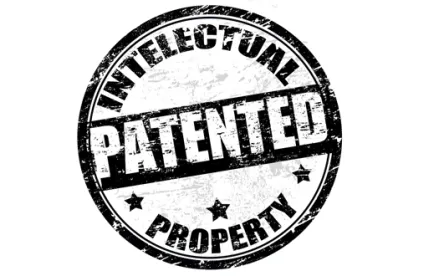The PTAB’s Precedential Opinion Panel (“POP”) issued a decision in Hulu, LLC v. Sound View Innovations, LLC, IPR2018-01039, on Friday, December 20, 2019. The issue at hand: “What is required for a petitioner to establish that an asserted reference qualifies as ‘printed publication’ at the institution stage?” Hulu v. Sound View, IPR2018-01039, Paper 29 at *2 (P.T.A.B. December 20, 2019).
This decision provides clarity on an issue that was often addressed inconsistently across panels regarding the “requirements for institution involving issues of public accessibility of an asserted ‘printed publication.’” Id. at 2.
Relying heavily on the relative burdens at institution and the final written decision stages of a PTAB trial, the POP noted that “[t]o prevail in a final written decision in an inter partes review, the petitioner bears the burden of establishing by a preponderance of the evidence that a particular document is a printed publication.” Id. at 11.
However, “at the institution stage, the petition must identify, with particularity, evidence sufficient to establish a reasonable likelihood that the reference was publicly accessible before the critical date of the challenged patent and therefore that there is a reasonable likelihood that it qualifies as a printed publication.” Id. at 13. As such, the standard at institution “is a higher standard than mere notice pleading, but, as both parties agree, it is lower than the ‘preponderance’ standard to prevail in a final written decision.” Id.
That said, a petition is not entitled to a presumption that a document is a printed publication; it is still the petitioner’s burden “to identify with particularity evidence sufficient to establish a reasonably likelihood…that [the reference] qualifies as a printed publication.” Id. at 16. The POP did explicitly note that 47 C.F.R. § 42.108(c) requires genuine factual disputes be viewed in the light most favorable to petitioner for institution. Id. at n.6
The POP further explained that during the trial phase, “if the patent owner challenges a reference’s status as a printed publication, a petitioner may submit a supporting declaration with its reply to further support its argument that a reference qualifies as a printed publication.” Id. at 15.
However, the opportunity to provide rebuttal evidence is not an opportunity to reopen the record and advance new theories of unpatentability, but is limited to responding to issues raised in patent owner’s reply. Id. Information sufficient to establish a document as a printed publication is a case specific determination, however expert declarations, Wayback Machine evidence (ie www.archive.org), and metadata tend to favor public accessibility, while mere copyright dates are likely insufficient. Id. at 18–19.





 />i
/>i

